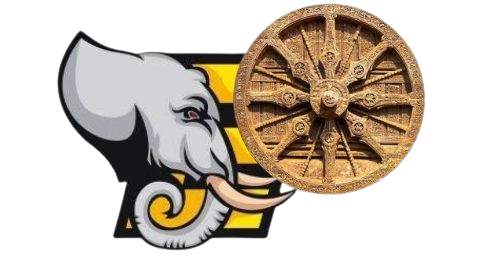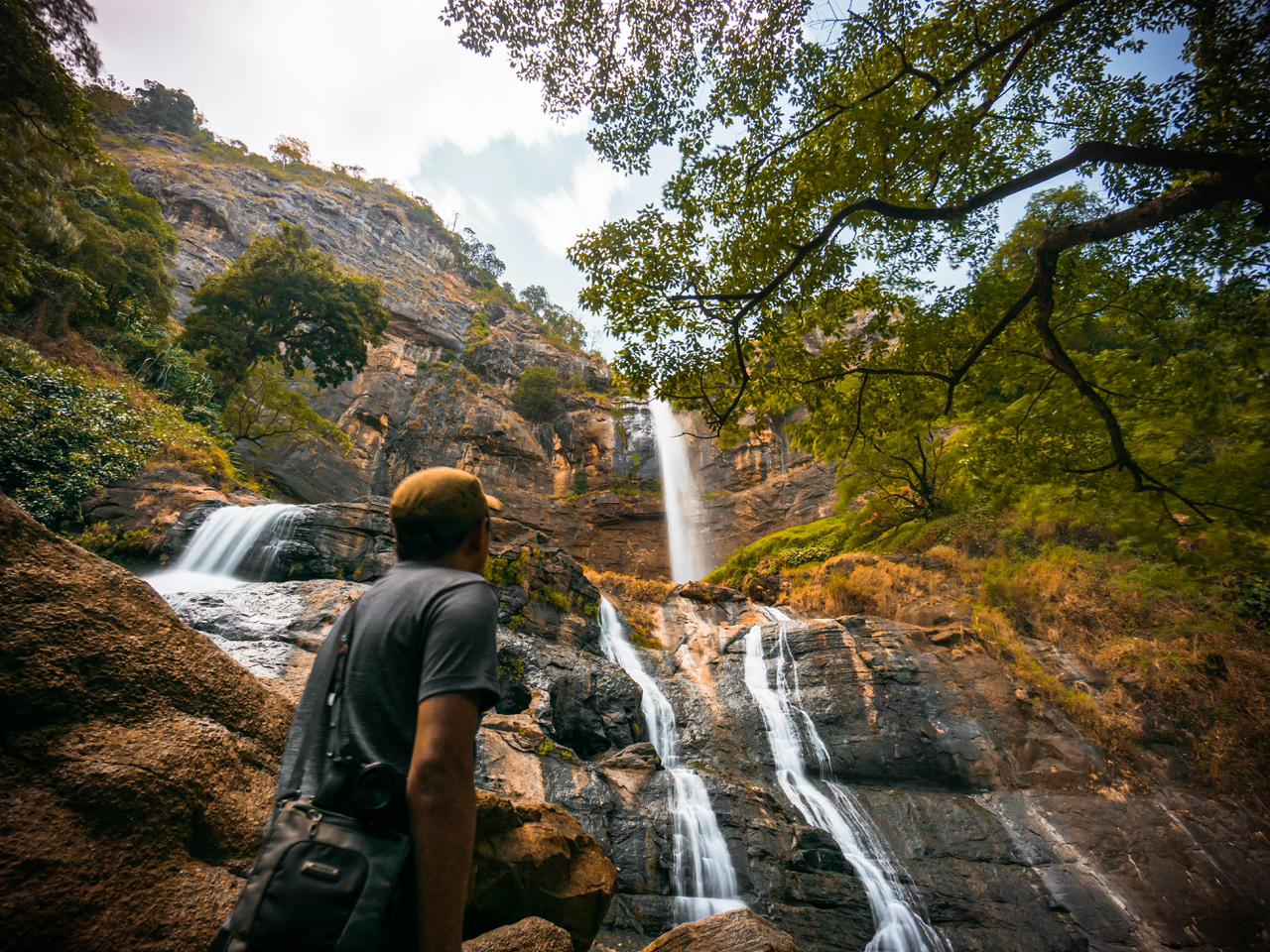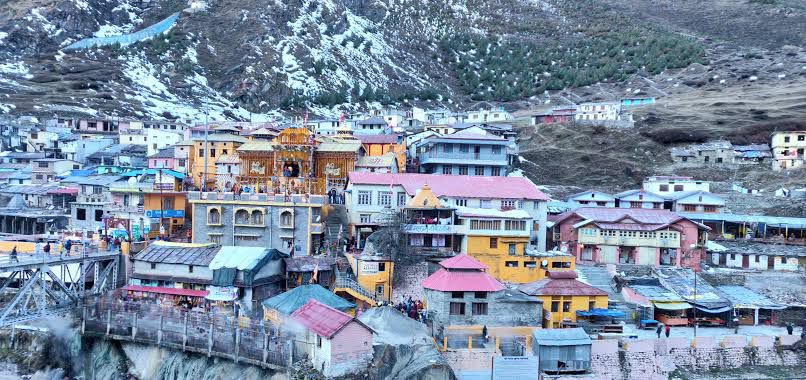Nestled along the serene banks of the Mahanadi River in the Sambalpur district of Odisha lies an architectural and spiritual wonder – the Leaning Temple of Huma. This temple, dedicated to Lord Shiva, holds the distinction of being the only known leaning temple in the world where regular worship is still practiced. Beyond its physical uniqueness, the temple is steeped in history, wrapped in layers of legend, and revered as a sacred pilgrimage site.
Historical Background
The origin of the Leaning Temple of Huma dates back to the 17th century. It was constructed during the reign of King Baliar Singh of the Chauhan dynasty in 1670. Over time, various rulers, including the Marathas, contributed to its preservation and expansion. The temple’s distinctive feature — its leaning structure — has fascinated historians, engineers, and devotees alike for centuries.
Unlike the more famous Leaning Tower of Pisa, which leans due to foundational instability, the Leaning Temple of Huma appears to have developed its tilt gradually without any recorded natural disaster causing it. Interestingly, while the main temple structure leans at an angle, the pinnacle (or shikhara) remains perpendicular to the base, adding more enigma to its architectural layout.
The temple is built with traditional Kalinga-style architecture, using sandstone and laterite materials. Despite the tilt, the temple has withstood earthquakes, floods, and the test of time, remaining an active site of devotion for hundreds of years.

The Mystery of the Lean
Engineers and architects have often debated the cause of the temple’s tilt. Theories range from faulty construction techniques to uneven settling of the foundation on the riverbank soil. Others believe the temple was intentionally designed to lean, though there’s no concrete evidence to support that claim.
What’s even more intriguing is that the temple complex includes smaller shrines — some of which also display a slight tilt, but not necessarily in the same direction as the main temple. This irregularity suggests that the tilting is not uniform and may be influenced by the topography or underlying geological features.
Despite years of observation, there has been no significant change in the angle of the lean, which adds to the temple’s stability and mystery. The fact that the temple is still standing firm and functions as a place of worship makes it a subject of wonder and respect.
Mythological Significance
The Leaning Temple of Huma is not just an architectural curiosity but a deeply sacred site in Odisha’s spiritual landscape. According to local legends, the temple was established at a place where Lord Shiva revealed himself to a devout milkman.
As the story goes, a cowherd named Bhima used to bring his cattle to graze on the banks of the Mahanadi River. He noticed that one of his cows would break away from the herd every day and go near a particular stone, from which milk would mysteriously flow onto the ground. Curious, Bhima decided to observe the event closely. To his astonishment, he witnessed the cow voluntarily pouring her milk on a self-manifested Shiva Lingam (Swayambhu Linga) that emerged from the earth.
This divine incident became the talk of the region, and soon, the place was acknowledged as sacred. Devotees began to visit the site, and eventually, the temple was built around the naturally formed Shiva Lingam. To this day, it is believed that the lingam enshrined in the temple is the same one discovered by the cowherd, and it holds immense spiritual power.
Another legend ties the temple to Ravana, the mythological king of Lanka. It is believed that he was a great devotee of Lord Shiva and had worshipped at the location where the temple stands today. The site is thus considered highly auspicious and continues to attract Shaivite pilgrims from across India.
Festivals and Celebrations
One of the major highlights of the Leaning Temple of Huma is the annual fair organized during Shivratri. The festival, dedicated to Lord Shiva, brings thousands of devotees who gather to perform rituals, offer prayers, and take part in the grand celebration. The atmosphere during this time is electric, filled with devotional songs, chants, and traditional performances that showcase the cultural richness of the region.
The temple also observes other Hindu festivals like Sawan Mondays, Kartika Purnima, and Mahashivratri, each attracting pilgrims who seek blessings, healing, and spiritual fulfillment.
Architecture and Layout
The Leaning Temple of Huma is relatively modest in size compared to other major temples in India, but what it lacks in scale, it makes up for in mystery and charm. The main sanctum (garbhagriha) houses the Shiva Lingam, while the temple tower (shikhara) rises above it, albeit at an inclined angle. The temple is surrounded by smaller shrines dedicated to deities like Parvati, Ganesh, and Bhairav.
The surrounding courtyard includes a sacred pond and a yagna kund (sacrificial altar) used during special ceremonies. The temple’s sloping walls and uneven pillars add to the surreal experience of visiting the site. Devotees often express a sense of awe, not just from the spiritual energy of the place but from the unique physical sensation of standing in a structure that seems to defy architectural norms.

Tourism and Accessibility
The temple is located around 23 kilometers from Sambalpur town and is well connected by road. The nearest railway station is Sambalpur Junction, and the closest airport is in Jharsuguda, about 65 kilometers away. Visitors can enjoy a scenic drive along the Mahanadi River while en route to the temple.
Besides its spiritual significance, the Leaning Temple of Huma is also a site of ecological and cultural interest. The natural beauty surrounding the temple adds to the visitor experience. Travelers often take boat rides on the Mahanadi, visit nearby forests, and explore local villages to experience Odisha’s rural charm.
Conservation Efforts
As awareness about heritage preservation grows, efforts have been made to protect and promote the Leaning Temple of Huma. Local authorities, along with the Archaeological Survey of India (ASI), have taken steps to ensure the structural integrity of the temple is maintained while preserving its originality. Signboards, guided tours, and digital documentation have been introduced to help spread knowledge about the temple’s significance.
The Odisha Tourism Department is also working to include the temple in broader pilgrimage and heritage circuits, attracting both national and international tourists interested in ancient architecture and Indian mythology.
Conclusion
The Leaning Temple of Huma is not just a monument of mystery but a beacon of faith, resilience, and divine grace. Its unique architecture, wrapped in layers of mythological narratives and historical relevance, makes it one of India’s most fascinating religious sites. Whether you’re a devotee, a historian, or a curious traveler, the temple offers a captivating journey through time, spirituality, and wonder.




